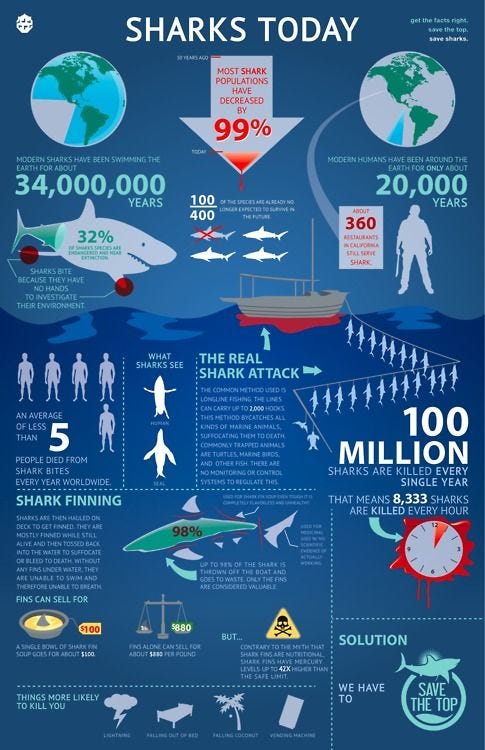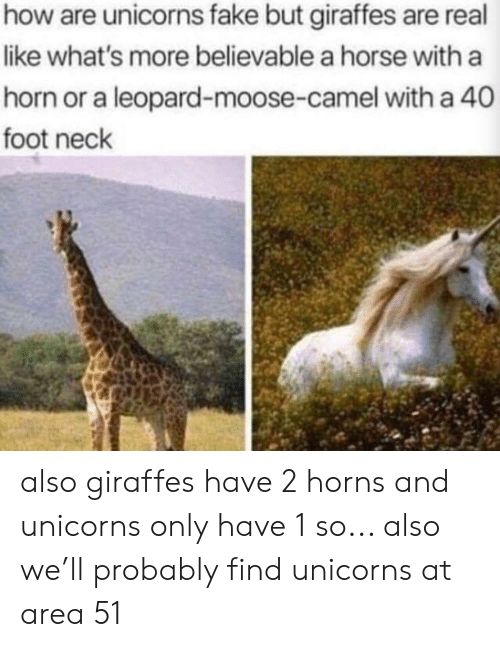RATLINKS: ASKED AND ANSWERED
Answers to your hardest-hitting questions
This edition of RatLinks is inspired by a very inquisitive thirty-six-month-old who spends his day asking a very inquisitive thirty-six-year-old all sorts of questions.
WHEN DINOSAURS ROAMED THE EARTH
Why are they called dinosaurs?
The term dinosaur was coined by Sir Richard Owen in 1841 to describe “terrible lizards”. Owen declared that this diverse family of awesome animals needed their own distinct taxonomic group which he called Dinosauria.
How many T. Rex’s ever lived?
T. Rex was the king of the Jurassic period and terrible at push-ups. The species survived for over 2.4 million years on Earth, with a total of 2.5 billion Tyrannosaurus Rex ever living. Likely 20,000 individual T. Rex were living simultaneously, with most residing in the Western United States.1
What happened to the dinosaurs?
Some 66 million years ago, a city-size asteroid barreled through Earth’s atmosphere and slammed into the shallow waters off the Yucatán Peninsula in the Gulf of Mexico. The cosmic artillery strike gouged a 125-mile-wide (200 km) crater in Earth surface, lofting plumes of vaporized rock and debris into the air that globally blocked out views of the Sun for years or decades.
After the initial blast, the reduced sunlight caused Earth’s surface temperature to plummet by as much as 50 degrees Fahrenheit (28 degrees Celsius), aiding in a mass extinction that killed 75 percent of life on Earth from dinosuars and flying reptiles called pterosaurs to coil-shelled nautilus relatives called ammonites.2
If an asteroid did not decimate the diplodocus, could humans and dinosaurs coexist?
Based on our modern relationships with large carnivores such as lions, wolves, and bears, it’s clear that people and predators rarely get along. And in most cases, people prevail while the animals dwindle.
It is also probable that dinosaurs would be aliens in our world. Dinos evolved tens or hundreds of millions of years ago, when Earth was much different. The continents were in different places, the atmosphere was different, the plants were different. Maybe they couldn't cope at all.3
Do 🦕 power our cars?
Fossil fuels are just that — combustibles of ancient biological origin, preserved in rock. But they’re not made of dinosaurs. There were never enough dinosaurs in the world to generate the Earth’s great stores of oil. And dinosaurs lived in the wrong environment. They were all terrestrial creatures.
Oil comes from decaying marine organisms. But, if you say the word "fossil"to the average person, even in the context of "fossil fuel," what comes to mind? Dinosaurs!4
If oil is made from decomposed dinosaurs, and plastic is made from oil, are dinosaur toys made from real dinosaurs?
Petroleum does not originate with the Earth’s largest organisms; it begins with its smallest - Plankton
Fossil fuels are not made from dinosaurs, but almost everything we use is made from petroleum products.
Not only is oil used for fuel, heating, electricity generation, asphalt, and road oil. Petroleum feedstocks are used to make the chemicals, plastics, and synthetic materials that make everything from boats and bicycle tires to cell phones and toothpaste.5
That may be the reason your perfume smells like pure gasoline, but they have done studies, you know 60% of the time it works every time.
Taking the long view, petroleum is really a type of solar energy. That may sound nice, but it’s not innocuous. When we burn it, we take carbon from another age, sequestered by ancient plankton, and dump it into today’s atmosphere. There, it traps heat, causes global warming, and acidifies the oceans. In a sense, we’re adding the power of the ancient Mesozoic Sun to today’s Sun, and it’s overheating our planet.6
WHAT LIES BENEATH
How deep is the ocean?
The average depth of the ocean is about 12,100 feet. The deepest part of the ocean is called the Challenger Deep and is located beneath the western Pacific Ocean in the southern end of the Mariana Trench, which runs several hundred kilometers southwest of the U.S. territorial island of Guam. Challenger Deep is approximately 36,200 feet deep.
How many fish are in the sea?
The best estimates by scientists place the number of fish in the ocean at 3,500,000,000,000. While 3.5 Trillion fish may seem like a large amount of fish the world’s oceans may be devoid of fish by 2050 due to overfishing, climate change, and mining and drilling of the seafloor.
As the global population continues to rise, the food supply needs to increase just as quickly. However, overhunting and overfishing have the potential to push many species into extinction. Overfishing of the Pacific bluefin tuna has caused an all-time population low of approximately three percent of their original population. This not only endangers the Pacific bluefin tuna, but also risks further marine ecosystem endangerment as a result.7
What else is in the ocean?
The world has produced more than 9 billion tons of plastic since production took off in the 1950s. That’s more than a ton for every person on the planet. An astonishing amount ends up in the oceans. So much that by 2050, there will be more plastic than fish in the world’s oceans if trends continue.
I’m a little afraid of sharks. Are sharks a little afraid of me?
Great White sharks are actually afraid of orcas and dolphins.
According to this neat poster, sharks should be more afraid of humans than humans are of sharks.
If I don’t use it, do I lose it?
The ocean is the ultimate “tragedy of the commons”. A term created by Garret Hardin in Science Magazine referring to a situation in which individuals with access to a shared resource (also called a common) act in their own interest and, in doing so, ultimately deplete the resource.
When facing the use or potential overuse of a common or public good, individuals may act with their short-term best interest in mind, for instance, using an unsustainable product, and disregard the harm it could cause to the environment or general public.
Without some sort of regulation or public transparency of choices and actions associated with public goods, there's no incentive for individuals to hold themselves back from taking too much. In fact, individuals may even have a “use it or lose it” mentality; if they’re aware of the inevitability that the good itself will be depleted, they may think, “I better get my share while I still can.”
THEY ARE OUT THERE MAN
Are we alone in the universe?
No matter your age, looking up at the cosmos provokes wonder and that eternal question.
A formula known as the Drake equation proves that it is extremely unlikely that Earth hosts the only technological species that has ever occurred.
Thanks to new research using data from the Kepler space telescope, it’s estimated that there could be as many as 300 million potentially habitable planets just in our galaxy, the Milky Way. Some planets could even be pretty close, with several likely within 30 light-years of our Sun.
But where is everybody?
After the internet challenge Storm Area 51, They Can’t Stop All Of Us, UFOs were forced to rebrand away from internet crazies and are now known as UAPs.
No matter what you call them, concrete evidence of aliens remains elusive. A long-awaited U.S. government report on UFOs released on June 25th, 2021, attempted to answer if we have made contact, documenting 143 sightings since 2004 that remain unexplained, and can’t rule out alien activity.
Concluding inconclusively:
UAP PROBABLY LACK A SINGLE EXPLANATION
AVAILABLE REPORTING LARGELY INCONCLUSIVE
Limited Data Leaves Most UAP Unexplained
A Handful of UAP Appear to Demonstrate Advanced Technology. In 18 incidents, described in 21 reports, observers reported unusual UAP movement patterns or flight characteristics. Some UAP appeared to remain stationary in winds aloft, move against the wind, maneuver abruptly, or move at considerable speed, without discernable means of propulsion. In a small number of cases, military aircraft systems processed radio frequency (RF) energy associated with UAP sightings.
The truth is still out there.
Would knowing that aliens exist change your day-to-day life?

Unfortunately, it is highly unlikely.
A planet that can’t come together on climate change or a global pandemic might not pay much attention even if wreckage is discovered.
We are living in times of uncertainty, where truth may be unknowable that has bred a universe of rampant conspiracy theories.
Darin Morgan, a writer on “The X-Files,” calls this the “Post Conspiracy Era” or PoCo — the industrialization of conspiracy theories.
Rigorous science and scientists are castigated and vilified. Rigorous journalism is decried as fake news.
ARE WE THERE YET?
Life is a journey, not a destination - Ralph Waldo Emerson
The collapse of the Champlain Condominium in Surfside Florida is nothing short of tragic. Our hearts, thoughts, and prayers go out to those families affected by the horrific tragedy. Lives have been taken and while they can never be replaced, we can do our part to alleviate long-term suffering.
In the coming days and weeks ahead the need for rental apartments, homes, or a long-term place to stay, is of the utmost importance. Many families have children away at camp and are struggling with the enormous task of rebuilding their lives. Many just want to be able to have a home for the children to come back to.







